
News and Information


The European Parliament has proposed involving the European Union Satellite Center in monitoring programs to document the destruction of Armenian heritage
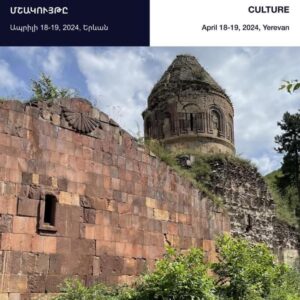
The two-day conference “War, Border, and Culture” took place
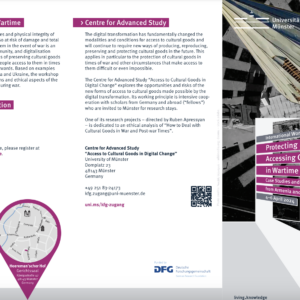
Conference on “Protection and Access to Cultural Property in Wartime” in Münster
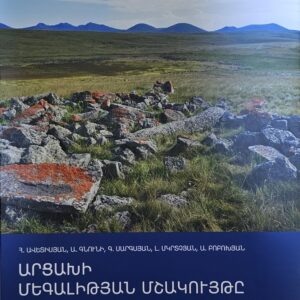
The collective monograph titled “Megalithic Culture of Artsakh” has been published.

The European Parliament has issued a condemnation regarding the destruction of Armenian cultural heritage in Nagorno-Karabakh by Azerbaijan
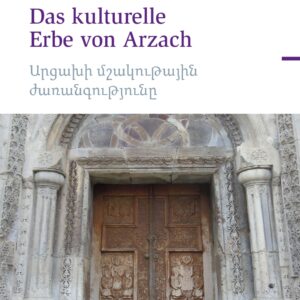
About the book “The Cultural Heritage of Artsakh: Armenian History and Its Traces in Nagorno-Karabakh’ and its presentation.”
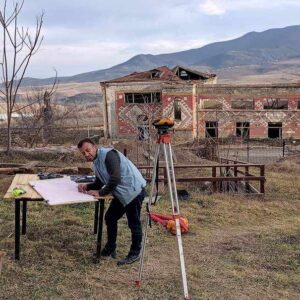
Azerbaijani Archaeologists Conduct ‘Exploratory Excavations’ in Togh Village, Occupied Artsakh
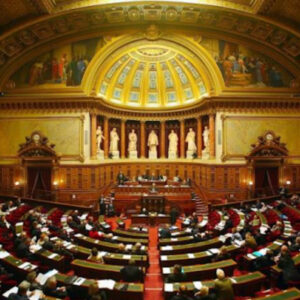
The resolution adopted by the French Senate on January 17, 2024, condemns Azerbaijan’s policy of cultural heritage destruction in Nagorno-Karabakh

Preserving the Cultural and Spiritual Heritage of Nagorno-Karabakh: A Conference at the European Parliament on January 24, 2024
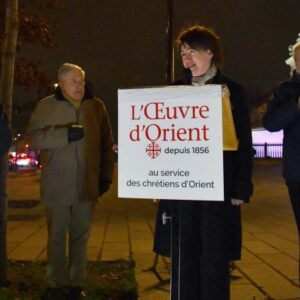
France Hosts Exhibition: “Nagorno-Karabakh: Endangered Armenian Heritage”

US State Department Adds Azerbaijan to Religious Freedom Watch List
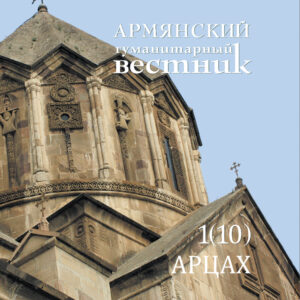
Institute of Archaeology and Ethnography Releases 10th Edition of “Armenian Humanitarian Bulletin”
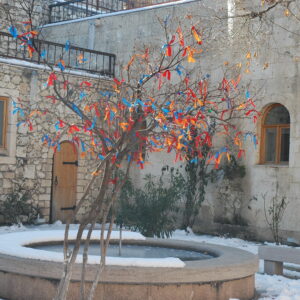
The 2023 annual report of the academic platform “Monitoring of Artsakh Cultural Heritage”.
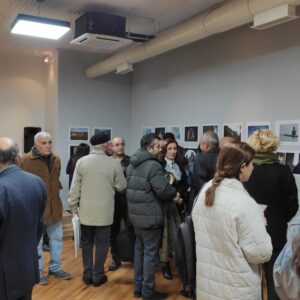
“The Documentation of the Eternal. Artsakh” Photo Exhibition at the History Museum of Armenia
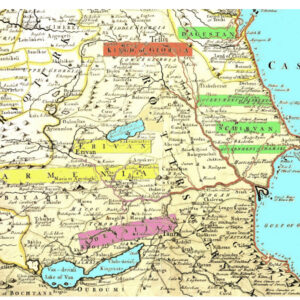
Ruben Galichyan’s article on “The newly created term “Western Azerbaijan”
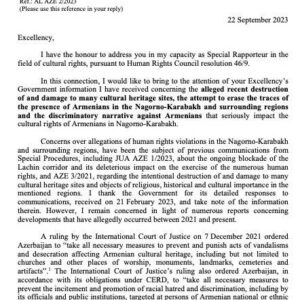
UN Special Rapporteur Addresses Azerbaijan on Status of Cultural and Religious Sites in Nagorno-Karabakh
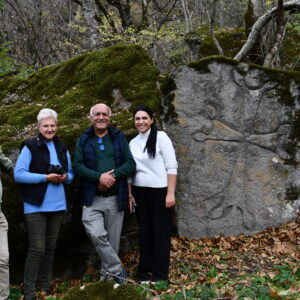
“Artsakh Cultural Heritage Monitoring Project” Team in Syunik
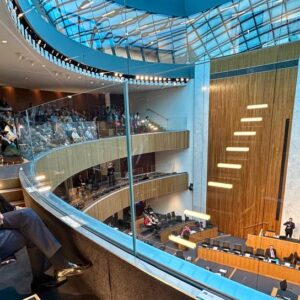
The Austrian parliament unanimously passed a resolution condemning Azerbaijan’s ethnic cleansing against the people of Nagorno-Karabakh
